Saludos a todos los creativos de esta comunidad, vuelvo con mi tercer post en esta comunidad algo distinto, ya que vi por otros usuarios una temática interesante de "Experiencia Arquitectura". Felicito a @aplusd por interesante iniciativa para participar. Para este post salí a la calle a tomar las posteriores fotos con mi telf gama baja Alcatel, y al mismo tiempo les daré un breve resumen como explicación del tema, debo mencionar que no soy un profesional de historia, pero sí tengo un conocimiento base que adquirí en la universidad.
Greetings to all the creatives of this community, I return with my third post in this community something different, since I saw by other users an interesting theme of "Architecture Experience". I congratulate @aplusd for an interesting initiative to participate. For this post I went out to take the subsequent photos with my low-end Alcatel phone, and at the same time I will give you a brief summary as an explanation of the subject, I must mention that I am not a history professional, but I do have a basic knowledge that I acquired in college.

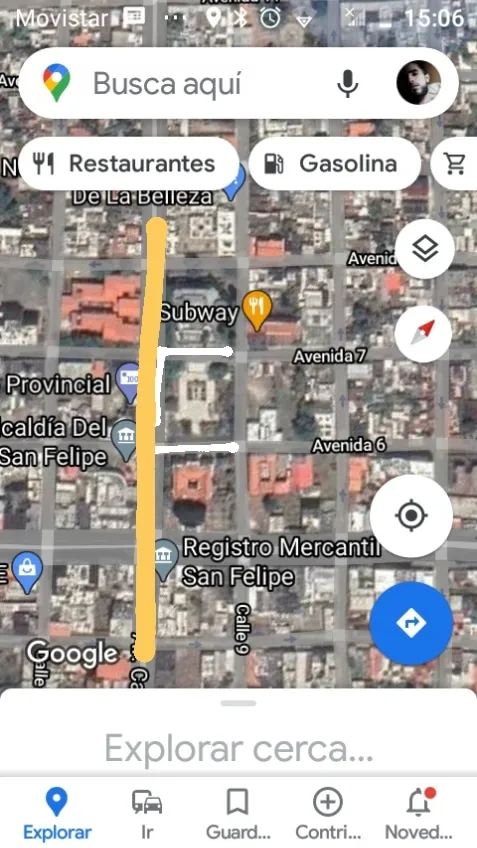
| Spanish | English |
|---|---|
| La primera foto es una toma de la actual plaza Bolivar, en homenaje al libertador de América del imperio español, esta y las próximas características arquitectónicas y urbanas que les enseñaré, es un patrón que se repite en cada ciudad de mi país, Venezuela (Desconozco si en toda latinoamérica será igual). Ahora les enseño dos capture de una vista satelital, una más general para que vean la retícula urbana originaria del periodo colonial, y otra vista más cerca en la que les señalo de color blanco, las calles que recorrí para tomar las fotos y también señalo de color amarillo, una de las avenidas principales de mi pueblo San Felipe. Como podran notar, la trama urbana se ordena por vías de mayor flujo en donde se cuentran los hitos arquitectónicos y de poder, estas principales se ramifican en calles de menor tamaño | The first photo is a shot of the current Plaza Bolivar, in homage to the liberator of America from the Spanish empire, this and the next architectural and urban characteristics that I will show you, is a pattern that is repeated in every city of my country, Venezuela (I do not know if in all Latin America it will be the same). Now I show you two captures of a satellite view, a more general one so that you can see the urban grid originating from the colonial period, and another closer view in which I point out in white, the streets that I walked to take the photos and also point out yellow color, one of the main avenues of my town San Felipe. As you can see, the urban fabric is ordered by roads of greater flow where the architectural and power landmarks are counted, these main ones branch into smaller streets |
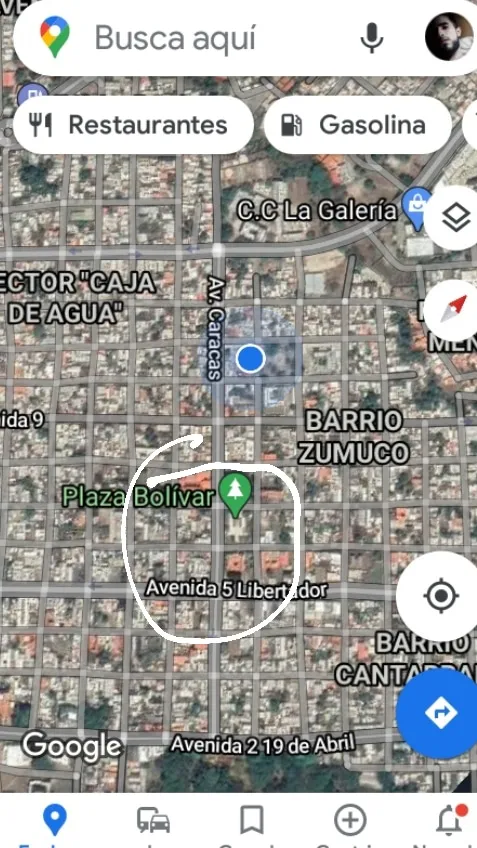

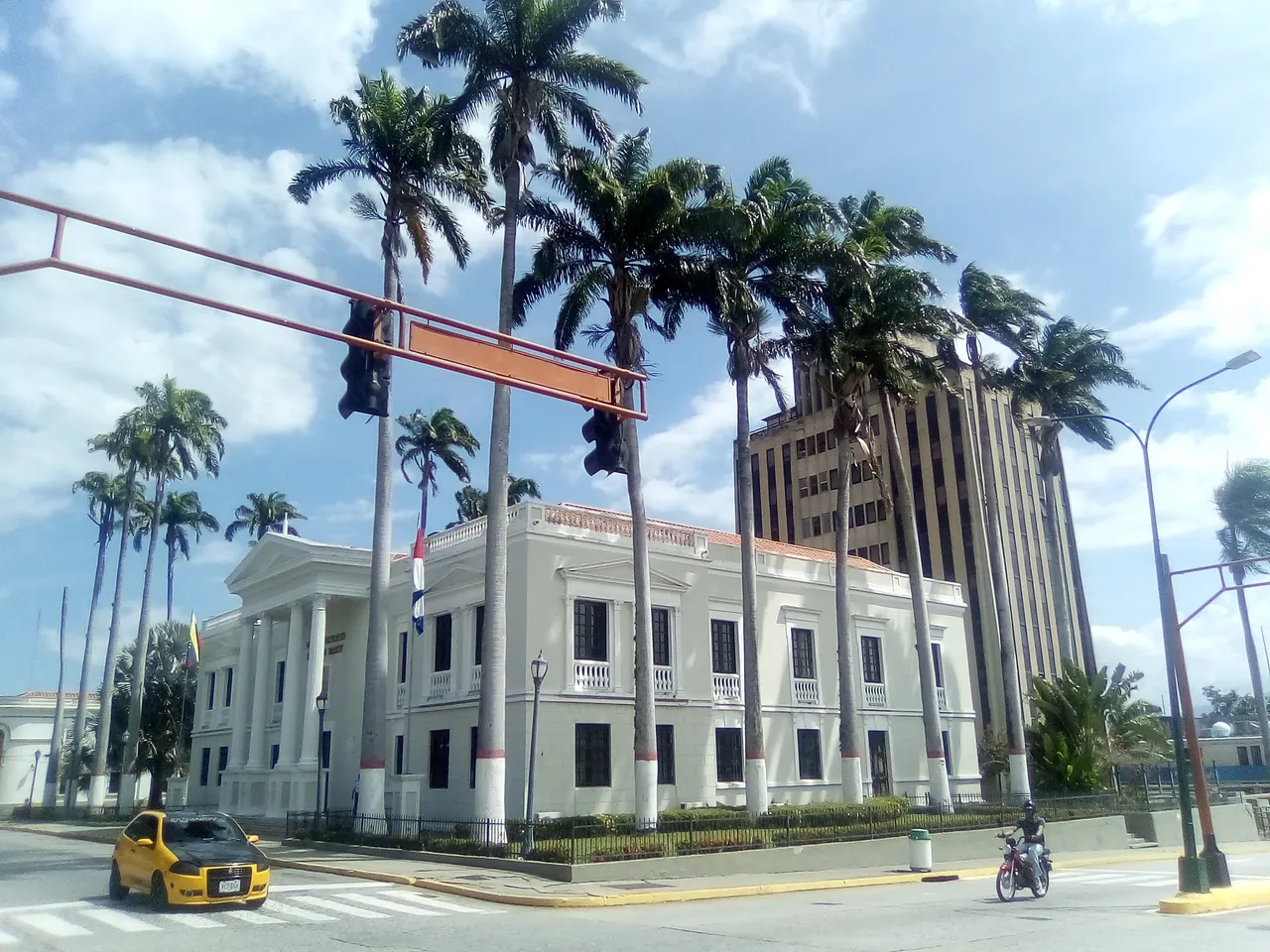
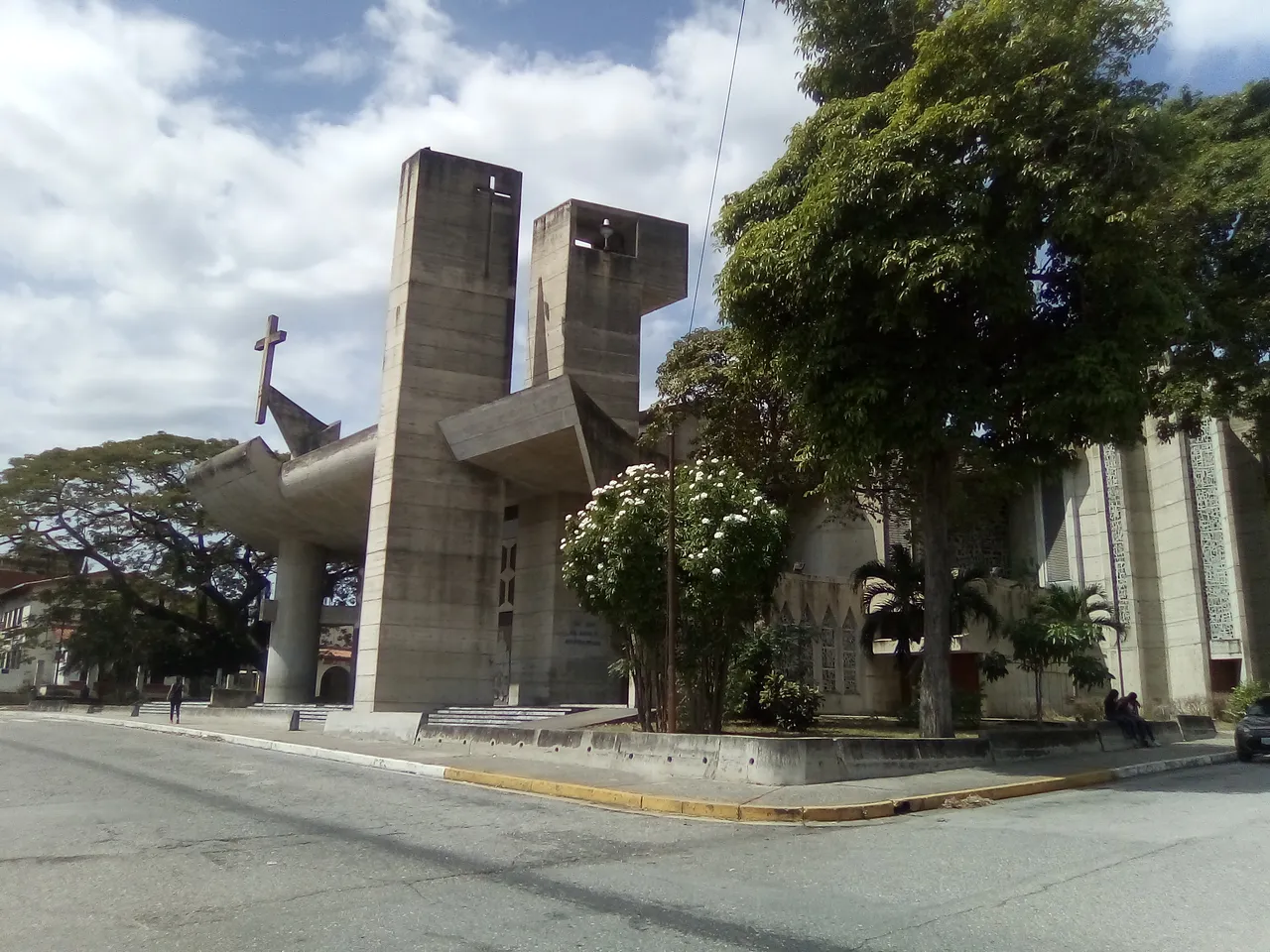
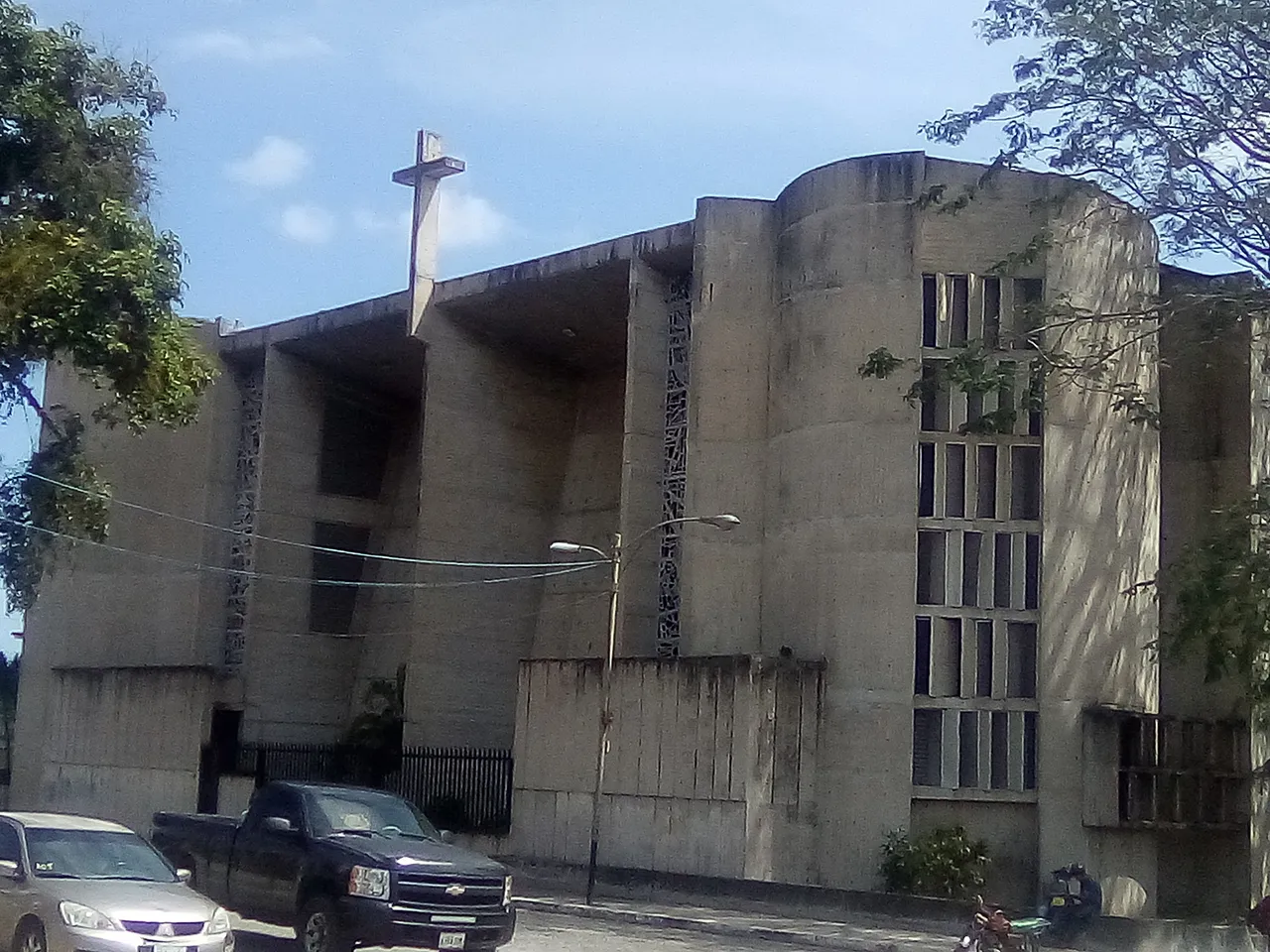
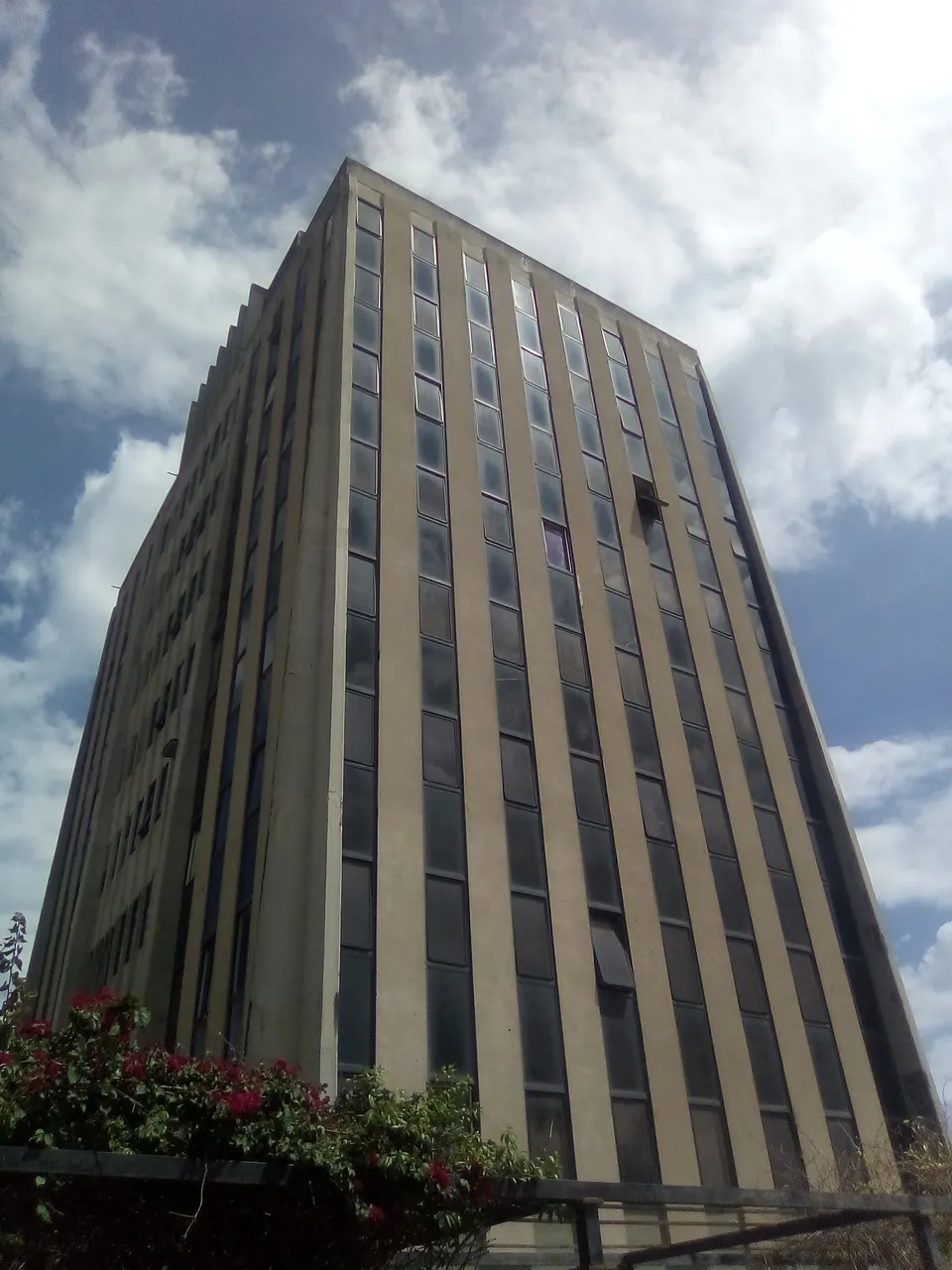
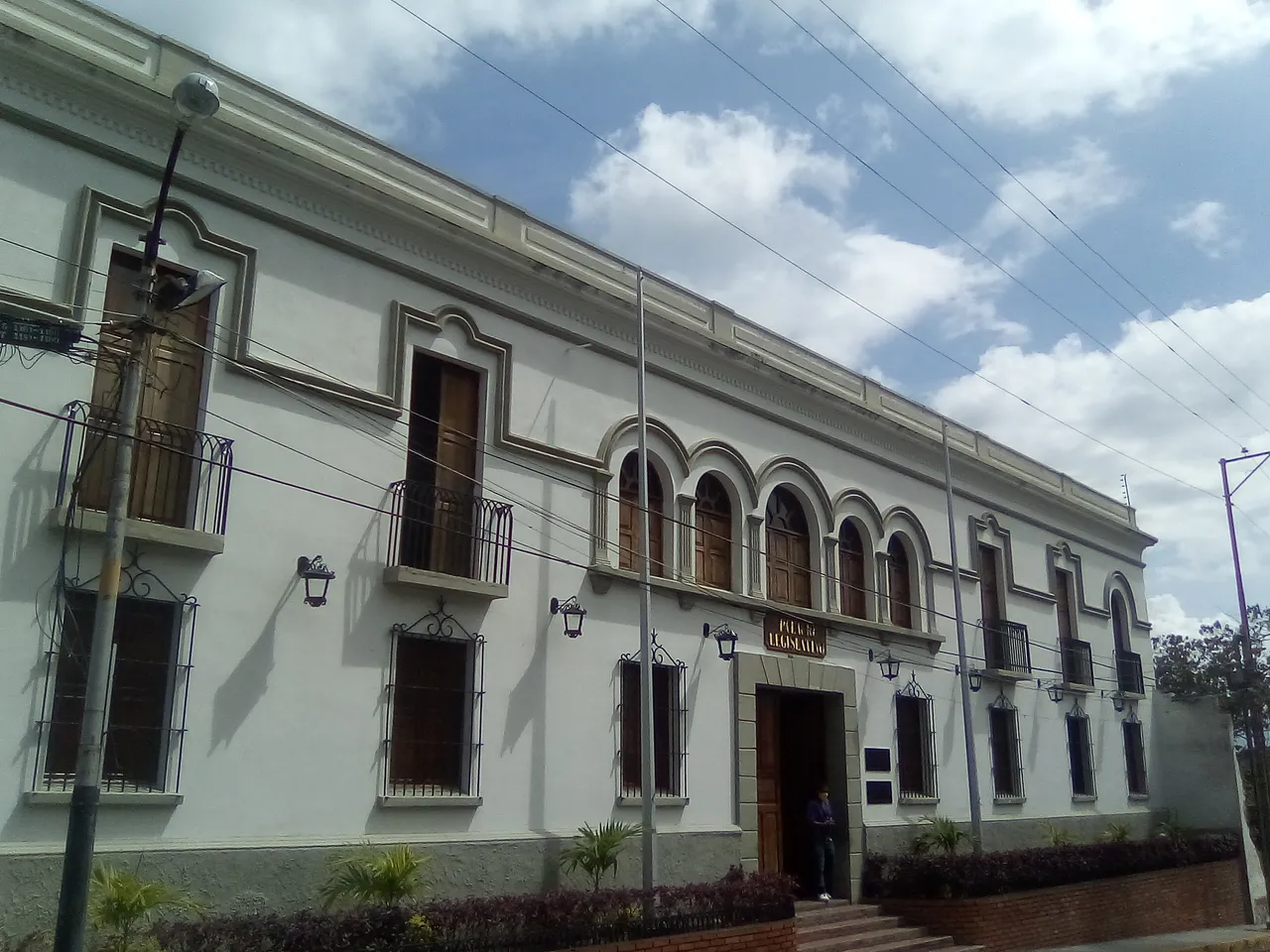
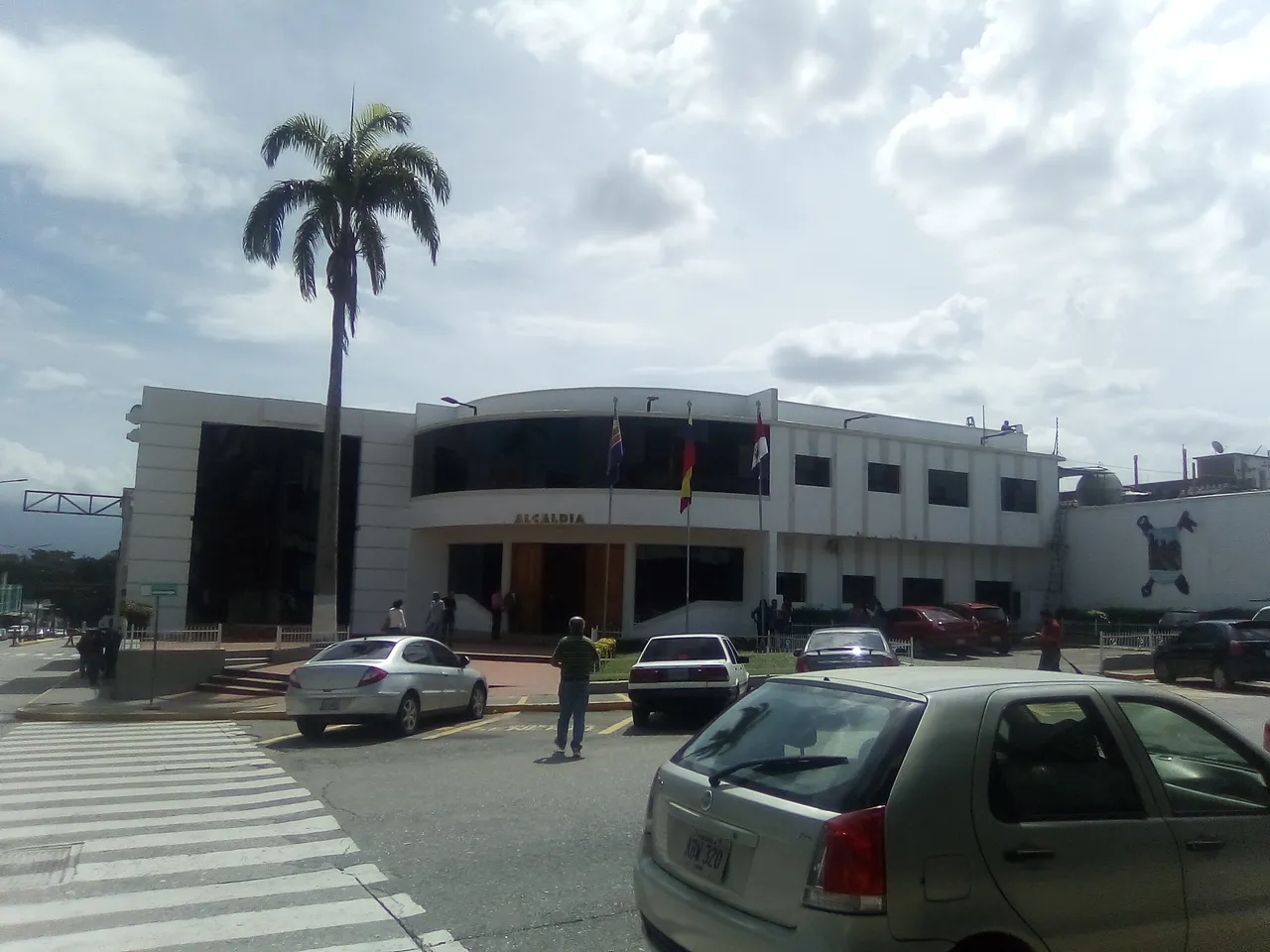
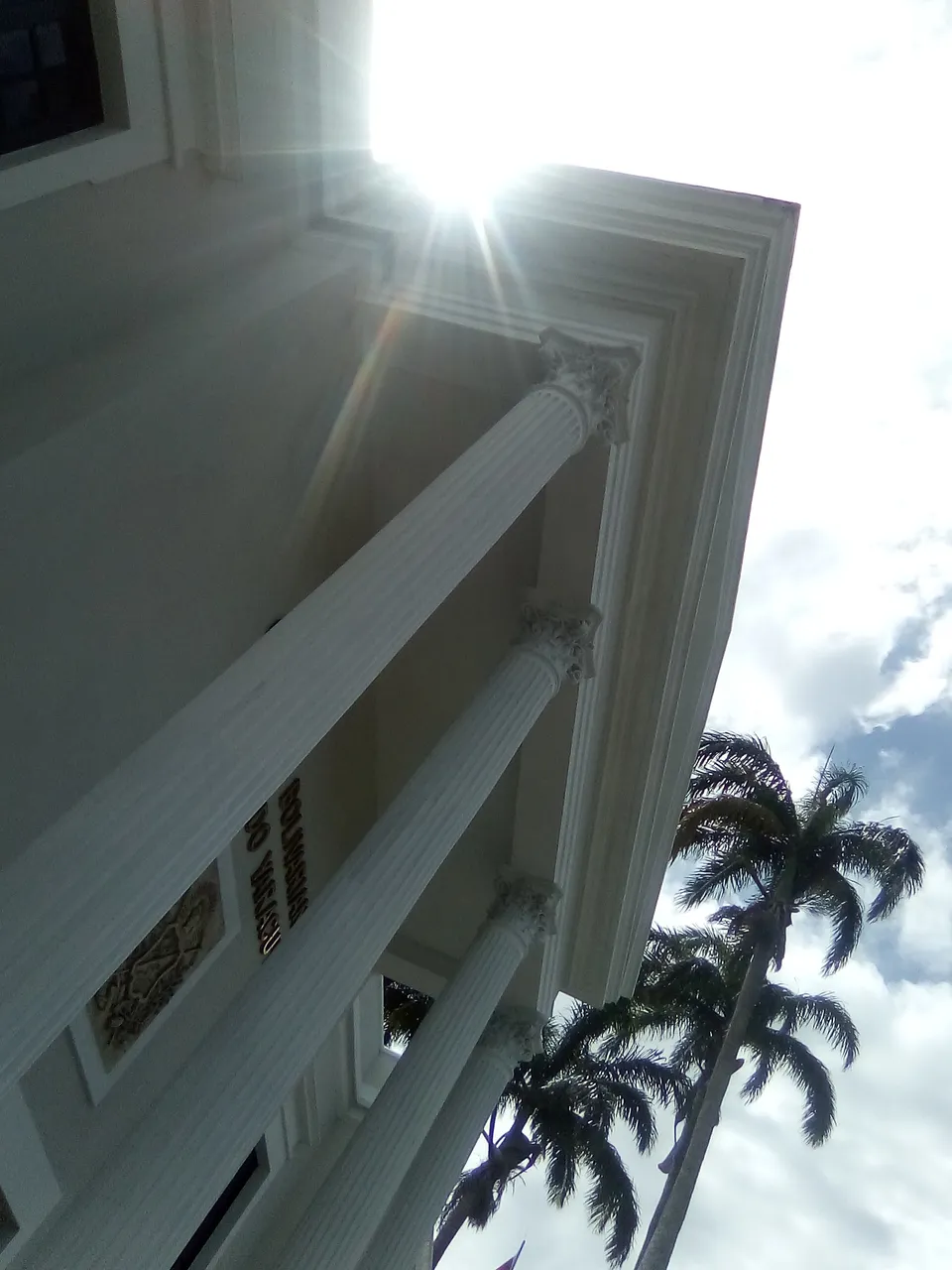
| Spanish | English |
|---|---|
| Empezamos bajando por la Avenida, es un lado verán la iglesia, esta posee un estilo de la arquitectura brutalista de 1970 aprox. a pesar de que no es la original (fue destruida) se encuentra en la ubicación exacta,y del otro lado se encuentra un colegio con características colonial como las ventanas altas,los techos de dos aguas , tejas, etc. Notaran que el impacto visual de esta iglesia es increible, monumental sin duda alguna y ahí es cuando podriamos quedarnos ratos a hablar de la arquitectura sensocial y lo que nos transmite, pero sigamos... Verán luego la plaza Bolivar, un lugar abierto para el disfrute social, es decir, un espacio donde te sientes libre, aunque antiguamente era el pozo de la pequeña ciudad y un lugar para el comercio y fiestas. Luego de la plaza se encuentra el palacio de gobierno, el cual hice otra foto detalle que ve la arquitectura del poder, grandes alturas, simetria, el fronton griego, las grandes columnas con ornamentos creo que del periodo griego o romano y grandes jardines colindantes. Luego verán un edificio algoque es el administrativo del estado, sin duda rompe el esquema de alturas y se hace imponer en la ciudad haciendonos sentir muy pequeños ( la arquitectura del poder). Y verán otras fotos que son la alcaldía con una arquitectura moderna con su fachada de grandes peneles de vidrio y otros edificios de baja altura llena de ornamentos colonial que forman parte a los edificios gubernamentales, estos totalmente cerrados al exterior con una privacidad de distancia pero ser más imponente ante la sociedad | We start going down the avenue, on one side you will see the church, it has a brutalist style of architecture from around 1970. Although it is not the original (it was destroyed) it is in the exact location, and on the other side is a school with colonial characteristics such as high windows, gabled roofs, tiles, etc. You will notice that the visual impact of this church is incredible, monumental without a doubt and that is when we could stay for a while to talk about the sensorial architecture and what it transmits to us, but let's continue ... Then you will see the Plaza Bolivar, a place open for the social enjoyment, that is, a space where you feel free, although formerly it was the well of the small town and a place for commerce and parties. After the square is the government palace, which I took another detail photo that sees the architecture of power, great heights, symmetry, the Greek fronton, the large columns with ornaments I think from the Greek or Roman period and large adjoining gardens. Then you will see a building something that is the administrative one of the state, without a doubt it breaks the scheme of heights and is imposed in the city making us feel very small (the architecture of power). And you will see other photos that are the city hall with a modern architecture with its facade of large glass penis and other low-rise buildings full of colonial ornaments that are part of the government buildings, these totally closed to the outside with a privacy away but be more imposing before society |
| Spanish | English |
|---|---|
| Y finalizamos este recorrido, resumí muchos detalles para no hacer este post interminable, pero espero que les gustara. Si llegaoron hasta aquí no olviden dejar su opinión, sugerencia, o críticas que deseen . Saludos y gracias! | And we finished this tour, I summarized many details so as not to make this endless post, but I hope you liked it. If you got here do not forget to leave your opinion, suggestion, or criticism that you want. Greetings and thanks!} |